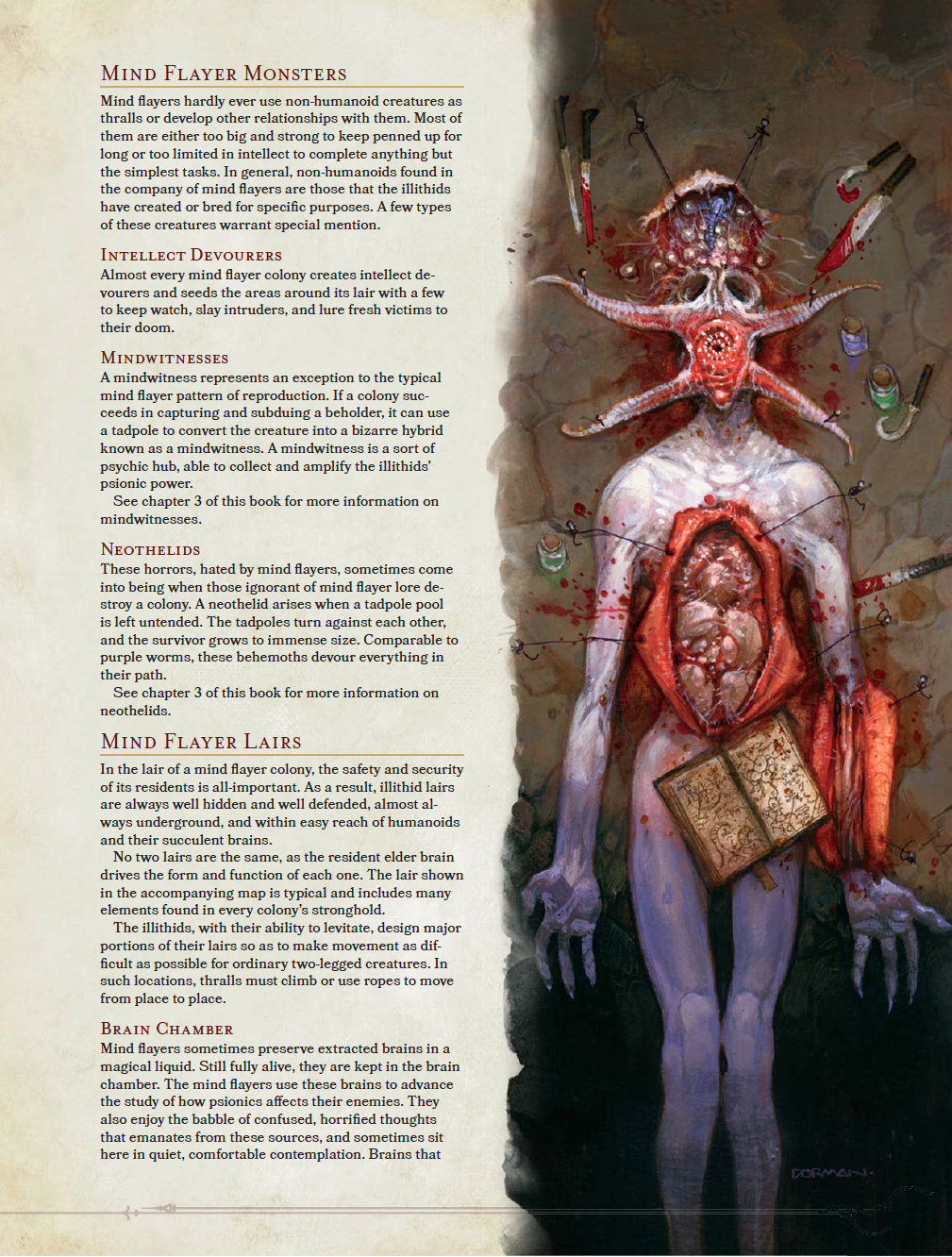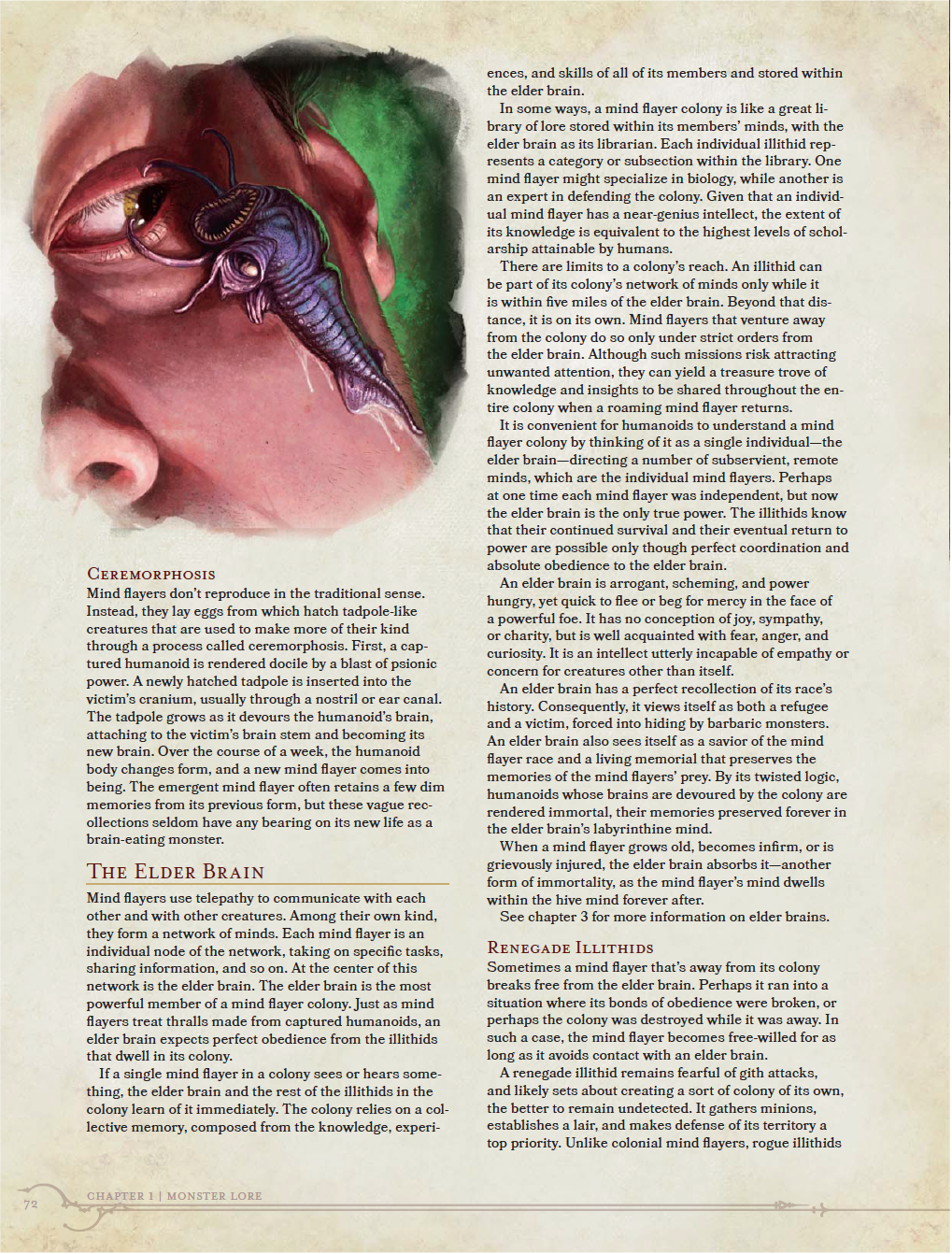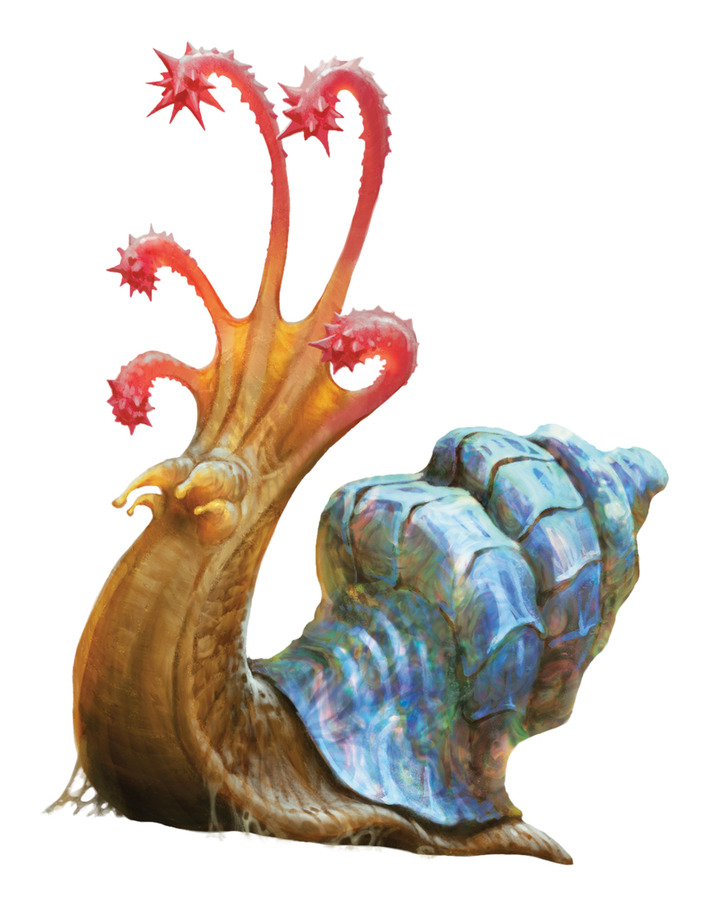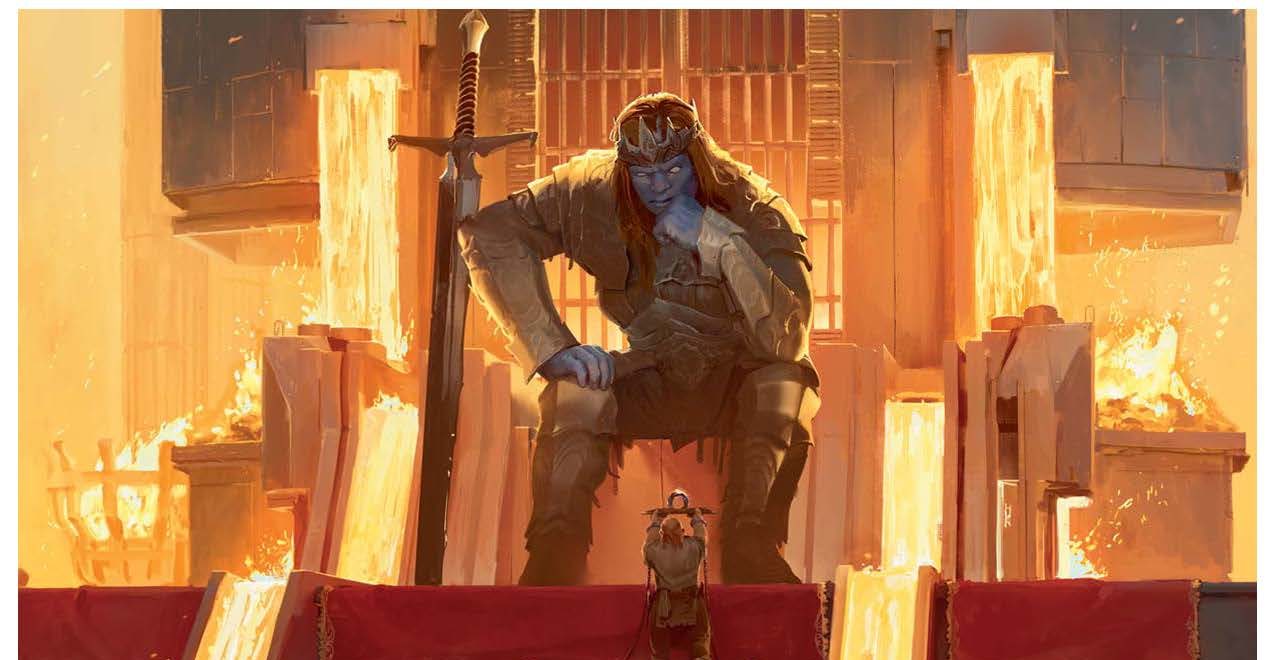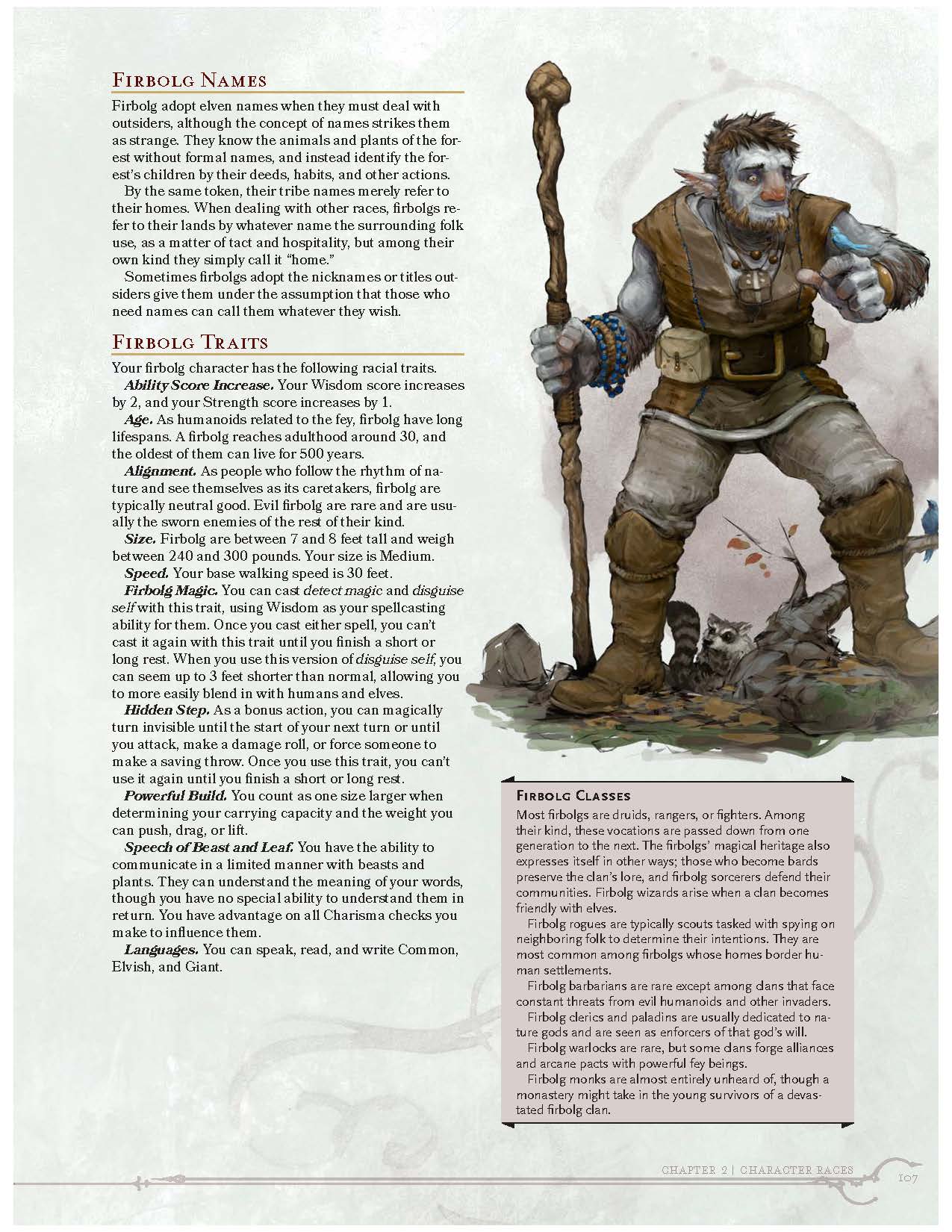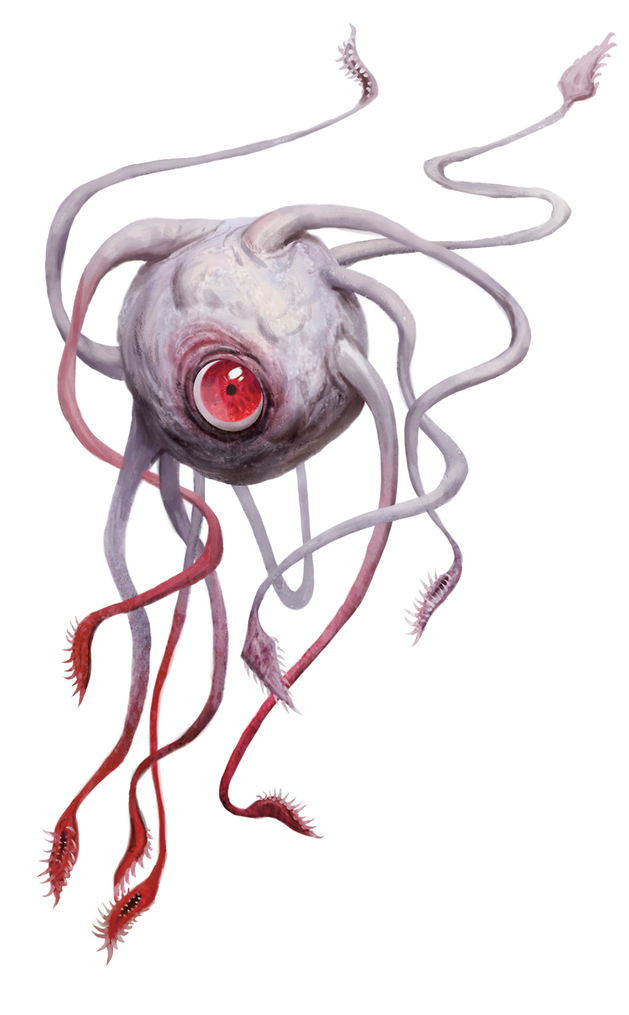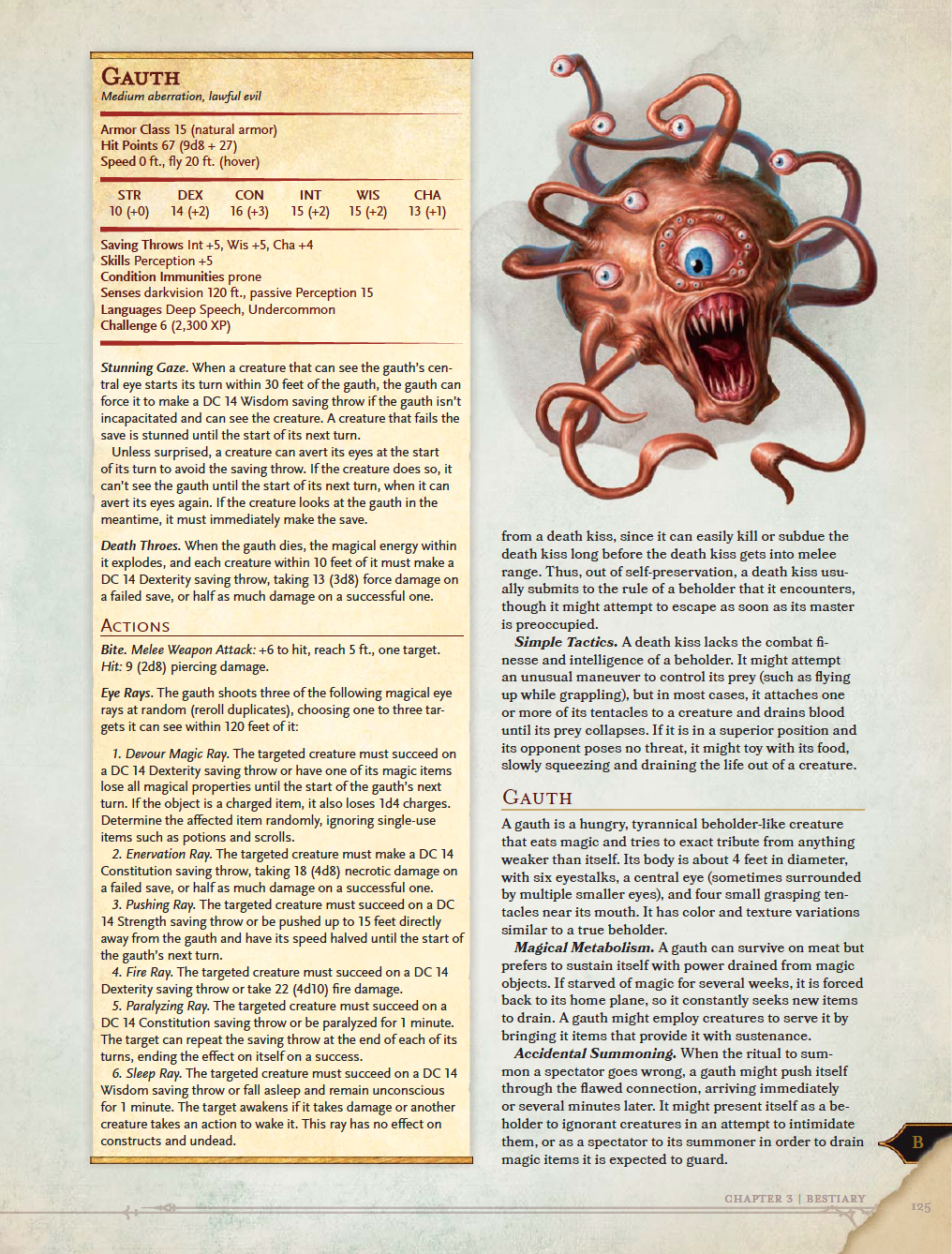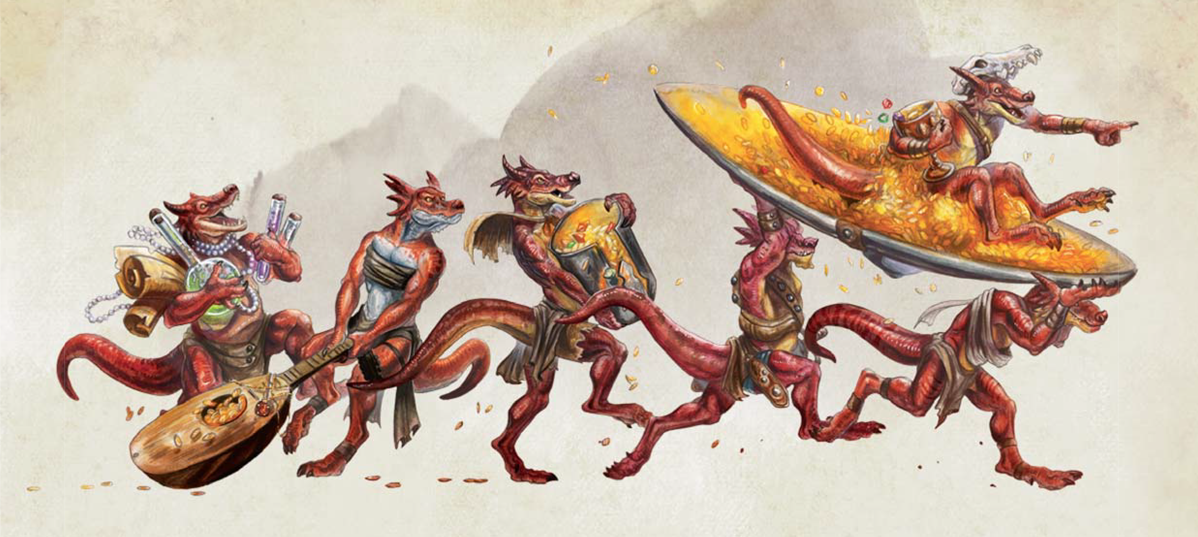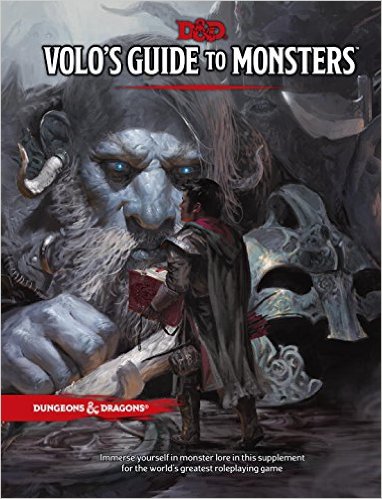 Volo’s Guide to Monsters hit major retailers today, marking the second non-adventure supplement by Wizards of the Coast for D&D 5th edition. The book costs $49.95 and clocks in at a slim 224 pages with glossy paper and a hard cover. It also had a limited release earlier this month in select stores with a limited edition alternate cover. The book is full of great art, maps, mechanics, and lore – lots and lots of lore.
Volo’s Guide to Monsters hit major retailers today, marking the second non-adventure supplement by Wizards of the Coast for D&D 5th edition. The book costs $49.95 and clocks in at a slim 224 pages with glossy paper and a hard cover. It also had a limited release earlier this month in select stores with a limited edition alternate cover. The book is full of great art, maps, mechanics, and lore – lots and lots of lore.
The idea behind Volo’s Guide to Monsters is to give DMs who already have a few campaigns under their belt a way to go a bit deeper. A little less than half of its pages are occupied by the stat blocks and descriptions of over 120 new monsters of all different types. The other half of the text is dedicated to expanding on the lore of some D&D’s classic monsters and the addition of some new player races. All in all, the book focuses much more heavily on lore and description than any of the Wizards core rule books or adventures. Though it has plenty of statblocks and random tables sprinkled throughout its pages, it aims more towards abstract inspiration than mechanics. It may be a bit slim for the price and not as immediately useful to your game as other titles in their library, but with Volo’s Guide to Monsters, Wizards of the Coast has released a solid and well thought out supplement that will benefit both experienced DMs and players alike.
– GENERAL POINTS –
What Volo’s Guide to Monsters tries to achieve is really a mashup of different things. One section gives us page after page of lore, with only a few mechanics sprinkled here and there. Another section gives us wall to wall stat blocks, with just enough lore to support them. The two sections are joined together by a small middle section that strikes a balance between the two. It also seems to be trying to create a narrative behind the book itself featuring its titular character, Volo, and the famous archwizard, Elminster. With a few notable exceptions, the book mostly lives up to its potential.
The writing, art, maps, and all other production values are top notch throughout the book. The book successfully creates excellent new narratives for its monsters and expands well on the old ones. With a few exceptions, all of the added lore, both for the classic monsters and the new races is very in depth and quite extensive. In the right hands, Volo’s Guide to Monsters allows a DM to create much more interesting and believable villains with complex motives and cultures of their own. That mindflayer is no longer just a random monster at the bottom of a generic dungeon. Using the material provided here you can create entirely alternate cultures and ways of life for your antagonists. Once players discover there is an intelligence and complexity behind their adversaries, they are likely to be terrified and fascinated at the same time. Sample maps are provided for each of the classic monsters such as the mind flayer colony, orc stronghold, and Yuan-ti temple. These can be taken and plopped right into your own homebrew campaign or used as inspiration for a creepy encounter of your own design. A great deal of effort was put into these entries and it really shows.
The monsters in the back end of the book are also great; some are nightmarish, some are grotesque, some are hilarious. The art here is, as with all the Wizards 5e publications, stellar, invoking the right sense of seriousness or comedy that each entry requires.
STYLISTIC QUIBBLES
The book opens with a preface written by Volo himself and it includes a series of humorously corrective and berating footnotes by Elminster. This coupled with the way the book was marketed would lend itself to the belief that it would be written in an unreliable narrator style, giving equal parts attitude and information. I myself was quite excited about the idea of listening to “Volo and Elminster square off.” Sadly, however, this is not at all the case. The book is almost entirely written in the exact same style as previous Wizards publications and the narrative between Volo and Elminster isn’t developed beyond a few one liners sprinkled throughout the book. Let me be clear, there is nothing wrong with how the book is written. It is the same style Wizards has used in the past and it has served them well thus far. It just doesn’t really seem to be what was promised.
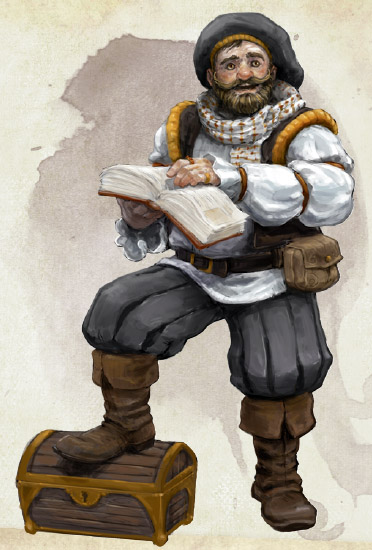 A similar phenomenon also happened with one of Wizard’s previous publications: Storm King’s Thunder, where cool story elements like ‘harnessing the power of rune magic’ and ‘defeating giants by becoming giant’ were promised. In my review of that product, I pointed out how these elements felt very underdeveloped and tacked-on. I was more lenient in that review than I will be here, because Storm King’s Thunder was just such an incredibly good product in almost every other regard. Volo’s Guide to Monsters, however, is strike two. I think some of the marketing for Volo’s Guide to monsters has been misleading, at least with regards to its style of writing. They should have at least added a couple meaty paragraphs of humorous commentary from Volo about various creatures. These could have even been sidebars with extended excerpts from the “real” Volo’s Guide to Monsters. But no. All we get is a few one sentence quotes here and there. Some of them (mostly the Elminster quotes) are almost indistinguishable in style from the normal text. It is bizarre that they would even put Volo’s name in the title when 99% of the book is completely unconcerned with what he has to say. His inclusion feels like another hollow marketing gimmick. Honestly, though, this is a problem with marketing, not with the book itself. The way the book is written is fine. It’s great. I just don’t appreciate having false expectations before reading it.
A similar phenomenon also happened with one of Wizard’s previous publications: Storm King’s Thunder, where cool story elements like ‘harnessing the power of rune magic’ and ‘defeating giants by becoming giant’ were promised. In my review of that product, I pointed out how these elements felt very underdeveloped and tacked-on. I was more lenient in that review than I will be here, because Storm King’s Thunder was just such an incredibly good product in almost every other regard. Volo’s Guide to Monsters, however, is strike two. I think some of the marketing for Volo’s Guide to monsters has been misleading, at least with regards to its style of writing. They should have at least added a couple meaty paragraphs of humorous commentary from Volo about various creatures. These could have even been sidebars with extended excerpts from the “real” Volo’s Guide to Monsters. But no. All we get is a few one sentence quotes here and there. Some of them (mostly the Elminster quotes) are almost indistinguishable in style from the normal text. It is bizarre that they would even put Volo’s name in the title when 99% of the book is completely unconcerned with what he has to say. His inclusion feels like another hollow marketing gimmick. Honestly, though, this is a problem with marketing, not with the book itself. The way the book is written is fine. It’s great. I just don’t appreciate having false expectations before reading it.
To their credit, Wizards was actually pretty generous about releasing preview material for the book before its release and it could be argued that this made it abundantly clear what the style would be. However, not every customer can be expected to dig all this stuff up just to be sure, especially when the official description on their website seems to be sending a very particular message.
At full retail, the book costs $49.95; the same amount as the core rule books and other published adventures. Is it worth it? Well it certainly seems to be less value for your money when compared to other products we’ve seen in the 5e lineup. The Monster Manual, for instance, comes in at 352 pages, which is a whopping 128 pages more than what Volo’s has to offer. How can the same price point be justified for both of these products? You will have to decide for yourself if it is worth it, but I think the book should have probably retailed for around $34.99; maybe $39.99 tops. Sword Coast Adventurer’s Guide was $39.99 and for the amount of content in it, I think it was also overpriced. I don’t have a business degree, but I can tell you as a consumer, I did feel a little gouged when I bought it at my local game store. This is made worse by the fact that I know they could have done more, way more; especially with regards to what was advertised about the interplay with Volo and Elminster.
The book is also missing lore sections on a handful of D&D’s most classic monsters, such as dragons, fiends and undead. Wizards knows this and they even included a passage about it, saying, “We hope to tackle other monsters in other products over time.” My question is… why? Why not include dragons? Why not include undead? They certainly have the page room to include more content and I am paying top dollar for this thing. This is supposed to be a guide to monsters right? And there are no dragons or fiends? For cereal? It also doesn’t quite add up in a narrative sense: If Volo’s aim is to write a comprehensive “guide to monsters,” why would he skip the most important ones?
– THE CHAPTERS –
Below is a brief summary of each chapter with some more specific commentary on each one.
The book kicks off with a section full of detailed background, lore, and mechanics for 9 classic D&D monster types. They are: Beholders, Giants, Gnolls, Goblinoids, Hags, Kobolds, Mind Flayers, Orcs, and Yuan-ti. Each one is packed full of awesome information on a wide variety of subjects including: biology, tactics, lairs, treasure, history, and culture. The sections themselves are not all organized in the same way, instead being custom tailored towards their respective monsters. For instance, the beholder section has an emphasis on physical characteristics, lair structure, and tactics, whereas the giants section focuses more on history, language, and hierarchy. Each section, except for Gnolls and Giants, has a full page sample “lair map” for DMs to use or get inspired by. There are plenty of new monster variants here and random tables are sprinkled throughout.
For the most part, the information is quite useful, but a few sections seem to drag or be a bit overblown. For example, almost the entire Mind Flayer section is fascinating and jam packed with great ideas. The Gnoll section, however, is a bit too simple by comparison. There just isn’t enough interesting stuff going on there to warrant the amount of space it takes up. This does come down to personal taste, however, and if there are true gnoll fans out there, you will probably love this. Also do we really need almost an entire page of random tables just for beholder physical traits? Do I really need to roll for “body diameter” and “iris shape.” Such sections seem like they would only be useful once in a blue moon and don’t provide anything I couldn’t come up with on my own within about 30 seconds. These examples, however are the exception to the rule.
The majority the of content here is great! I just wish there were more. Give me dragons, give me fiends, give me undead. Alas, we have to wait. If you are planning on running a homebrew campaign and are interested in using any of the above mentioned monsters as main villains in your game, this section will be very useful for you.
Here we are given a full set of new character races for PCs to use. Most of them are heroic, but some are monstrous. The heroic races are as follows: Aasimar, Firbolg, Goliath, Kenku, Lizardfolk, Tabaxi, and Tritons. Some of them are entirely new, while some are essentially reprints of content that was previously released via Unearthed Arcana, Each entry gives a good, thorough treatment of background, role playing guidelines, and mechanics. In fact, the treatment is essentially the same as that of the Player’s Handbook races. Many of these “non-monster” races may still prove to be too monstrous or strange for many DMs to allow in their world, but they certainly bring a series of interesting perspectives and roleplaying opportunities to the table. The unique physicality and psychology of Lizardfolk, for example, would make for some great moments for groups willing to allow them.
The monstrous races are included in a smaller section at the end and are as follows: Bugbear, Goblin, Hobgolbin, Kobold, Orc, and Yuan-ti. They are presented with only bare-bones mechanics, inviting you to read their flavor text elsewhere in the book. Though it is short, this may be the most accessible and instantly useful chapter in the book.
Finally, we get to the meat and potatoes: more monsters! As I stated above, there are over 120 new monsters featured here and there are quite a few gems to be found. A good chunk of the menagerie is made up of variants to existing monsters, such as the Stone Giant Dreamwalker or the Hobgoblin Iron Shadow. There are a few specific monster categories that get a whole series of new entries. These include: Demons, Beholders, Dinosaurs, Giants, Kobolds, and Mindflayers. The rest of the monsters are mostly original or stand alone. The art is fantastic here and the added lore next to each entry is equally as interesting.
Appendix A: Assorted Beasts
This is a tiny section that includes a few random creatures. If someone out there really wanted a dolphin in their campaign, their prayers have been answered.
Appendix B: Nonplayer Characters
This is a large collection of various NPCs of varying CRs. Almost all of them are based on the existing character classes from the Player’s Handbook. They include: Archdruid, Archer, Bard, Blackguard, Martial Arts Adept, Master Thief, and War Priest. There are even an entire set of wizard NPCs; one for each school of magic such as the Abjurer, Illusionist, and Necromancer. Warlocks have gotten a similar treatment here with different stat blocks based on patron, such as the Warlock of the Archfey, Warlock of the Fiend, and the Warlock of the Great Old One. If you want to know what a particular character class would look like as an NPC statblock, this section is for you.
Appendix C: Monster Lists
This is a collection of monster lists, organized by creature type, challenge rating, and environment.
The pages of Volo’s Guide to Monsters are full of excellent content. They offer great new monsters, expand lore on existing monsters in fascinating ways, and do it all with a well organized and beautifully illustrated presentation. If you are on the fence about this product, you just have to ask yourself two questions: Will you get enough value out of all the long passages of lore, background, and flavor text? Do you think the book is worth its price despite how thin it is? Only you can truly answer that.
I can tell you that if all you want is a simple expansion to the Monster Manual (ie. just a crap ton of new monsters), there are not nearly enough for you to be satisfied. On the other hand, if you love reading lore and are genuinely interested in things like what beholders use their eye rays for outside of combat, how mindflayers reproduce, and how a typical yuan-ti temple might be laid out, the book might be worth it to you. The quality is good, the quantity is lacking.
GET THIS IF:
- You’re an experienced DM, looking to take your monstrous villains to the next level.
- You want more monsters to throw into your game.
- You enjoy reading in depth lore about your favorite monsters.
- You are looking for guidelines on how to build lairs and map out monster hideouts.
DON’T GET THIS IF:
- All you want is more monsters.
- You were looking for a unique voice or stylistic presentation.
- You want more options for dragons, fiends or undead.
- Getting very good value for your money is important to you.
- Your campaigns are generally hack and slash, without developed villains.

